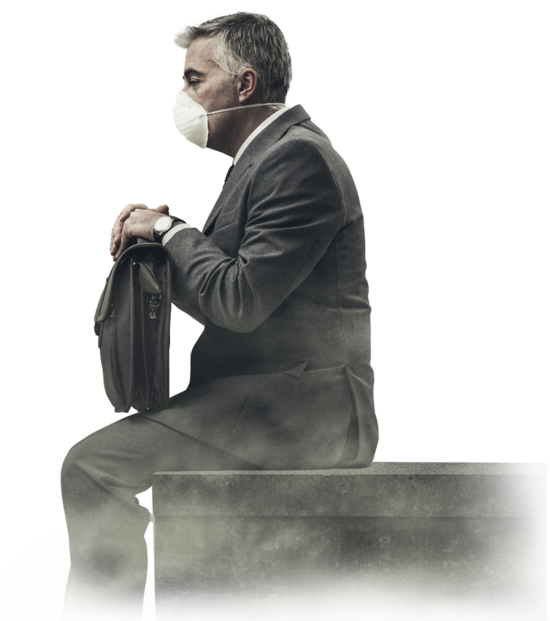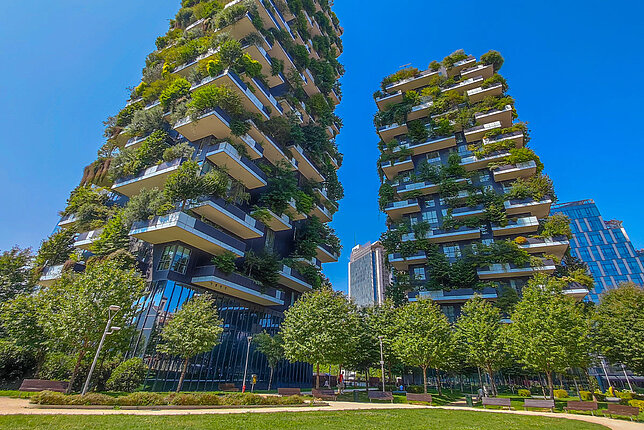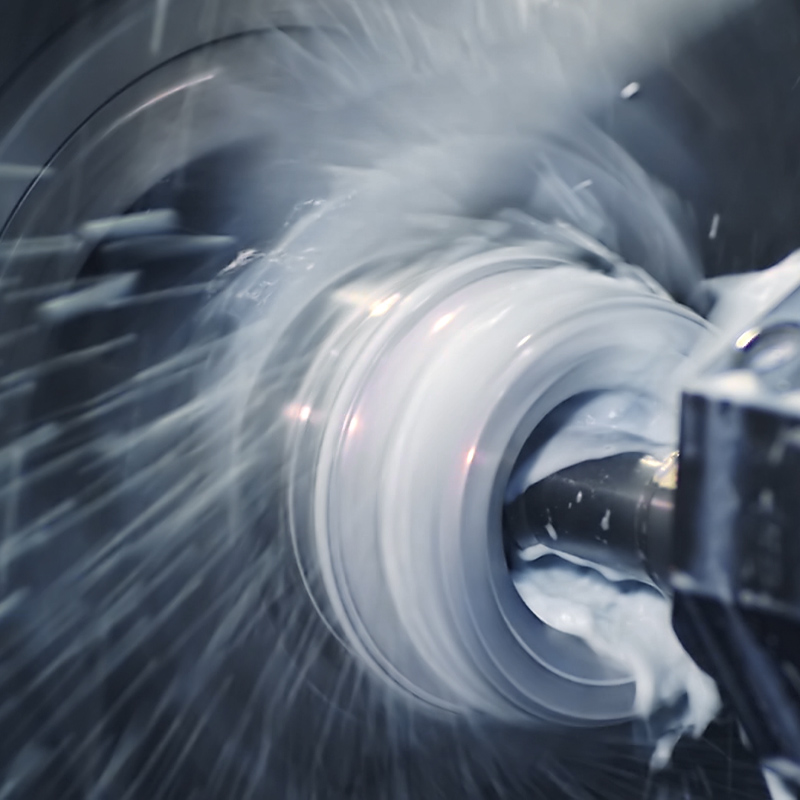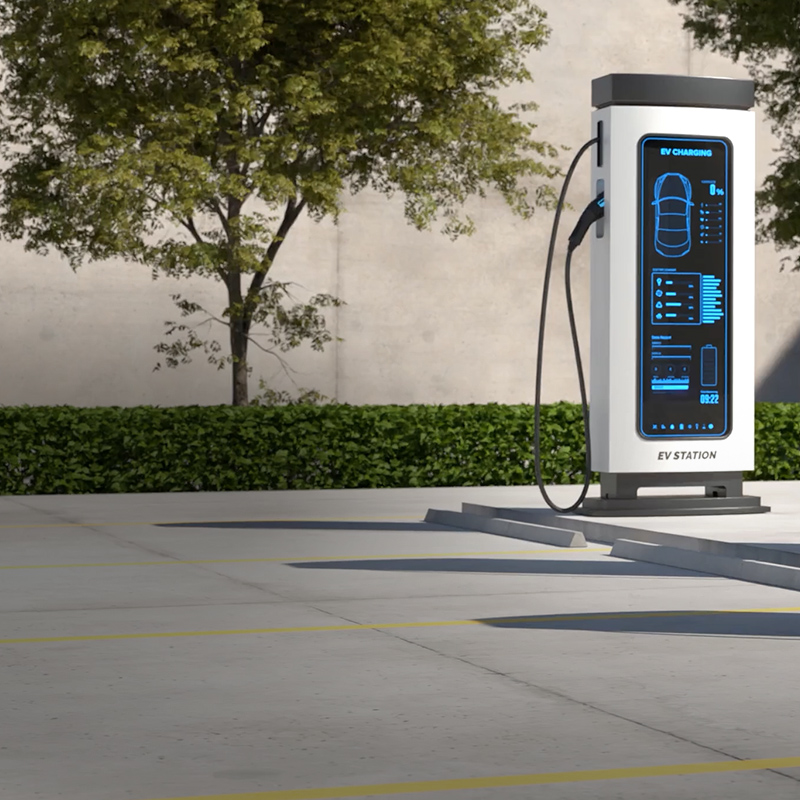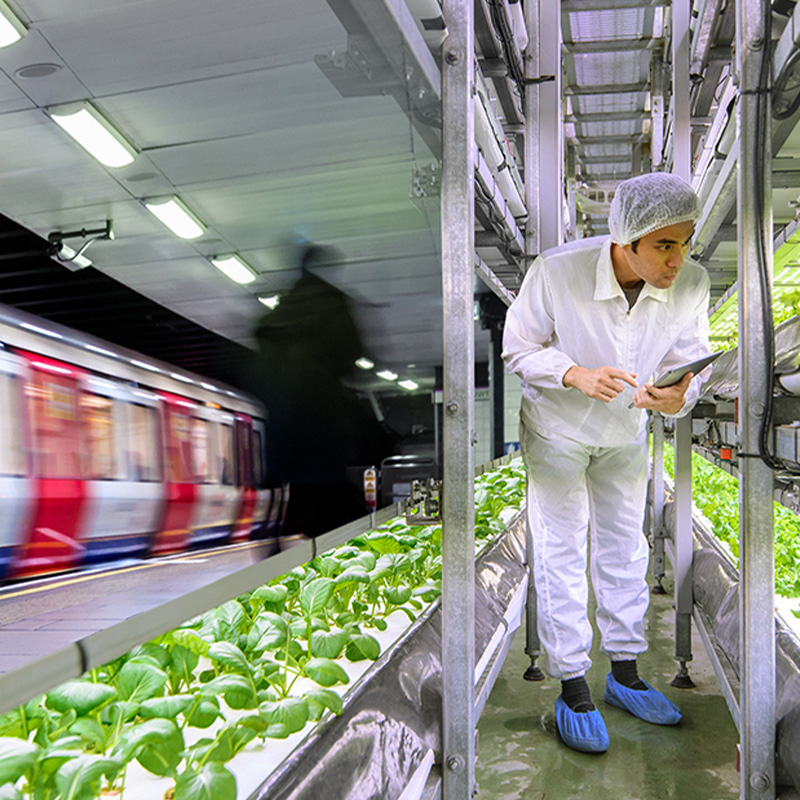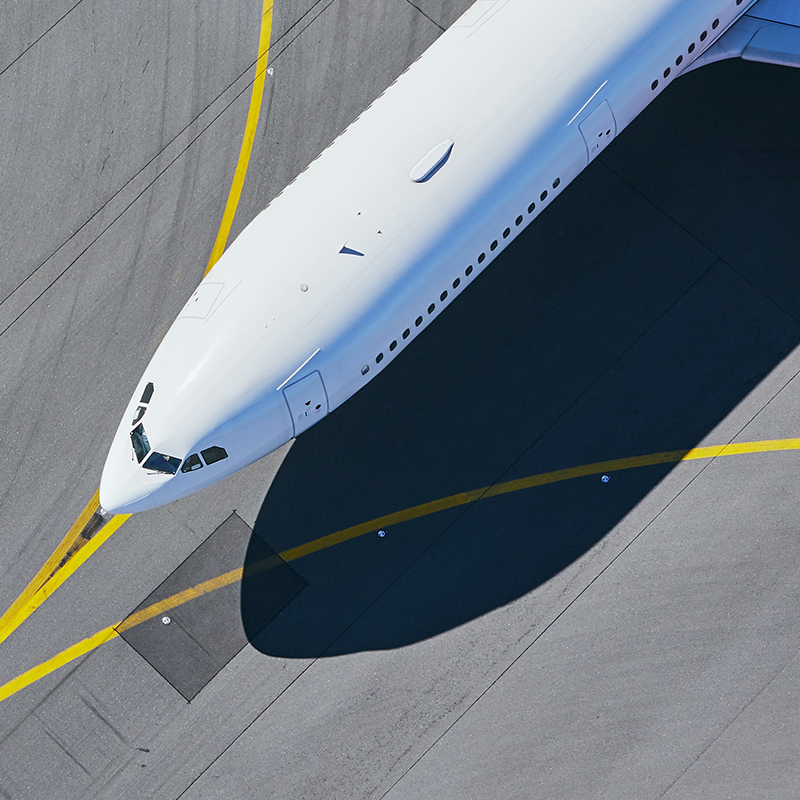Green roofs, smart buildings, and clean air
Cities and municipalities want to help improve air purity not just in industrial plants, but in public spaces in general and, with it, the quality of urban life. A huge number of projects have been initiated around the world.
In the city of Utrecht in the Netherlands, green roofs have been introduced for many public areas. The project aims to use plants to filter fine dust from the air to improve air quality and to create space for insects such as bees and butterflies.
The city of Milan in Italy is constructing entire buildings to reduce smog. The facade and balconies of the Bosco Verticale, a high-rise building, have been planted with shrubs and trees, while the cement facade of the Palazzo Italia can absorb as many airborne pollutants per day as are caused by around 1,000 cars.
The city of Vancouver in Canada has initiated a comprehensive “Clean Air Plan”. Measures are being taken in the areas of transport, construction, industry, and agriculture to improve urban air quality by permanently reducing air pollution and emissions. The plan is to expand public transportation, promote energy-efficient construction, and create climate-friendly production facilities.

